CLIENT: Boutique 17
BRIEF: Website Design and App design for a fashion e-commerce brand
TOOLS: Adobe XD, Photoshop, InDesign, Illustrator
Introduction
Boutique 17 is a locally owned business in the UAE established in 2016; the store exclusively focuses on importing and retailing international and regional brands unavailable in the country. The store's mission is to create a new understanding of fashion concepts built on the consumer's uniqueness and individuality by introducing new brands to the UAE market. Our target market covers females interested in luxury products in the GCC with age groups between the ages of 18 and 45.
With the outbreak of COVID-19 that forced all of us to stay inside, many turned to online shopping as a way to spend time. Because of this, online fashion retailers saw a dramatic increase in revenue during the pandemic. The fashion e-commerce industry accounted for approximately 29.5% of the sales in the United States in 2020.
With the outbreak of COVID-19 that forced all of us to stay inside, many turned to online shopping as a way to spend time. Because of this, online fashion retailers saw a dramatic increase in revenue during the pandemic. The fashion e-commerce industry accounted for approximately 29.5% of the sales in the United States in 2020.
Because Design Thinking emphasizes the importance of human-centred design, the first step of the process is to empathize. This gave me the opportunity to gain some insight into the users' thoughts, feelings, and needs.
User Interviews
I conducted interviews with users who are familiar with online shopping to identify their needs and pain points. Because a wide range of demographics enjoys online shopping, I interviewed four participants between the ages of 18 and 45. Their professions varied from students, engineers and homemakers.
Some of the participants noted during the interviews,
“I often look at the reviews to see whether the quality is good. I also see whether sizes are accurate.”
“Sometimes, it looks good on the model, but that might not be the case for me.”
“I want more than one image of the product to get a better idea of what the product looks like.”
Competitive Analysis
Once I was able to get a better understanding of the thoughts and feelings of the users, I proceeded to research some of the direct and indirect competitors. During the research, I wrote down some of the major strengths and weaknesses of each of the websites. Doing so made it easier to figure out the commonly sought-after features for fashion e-commerce websites.

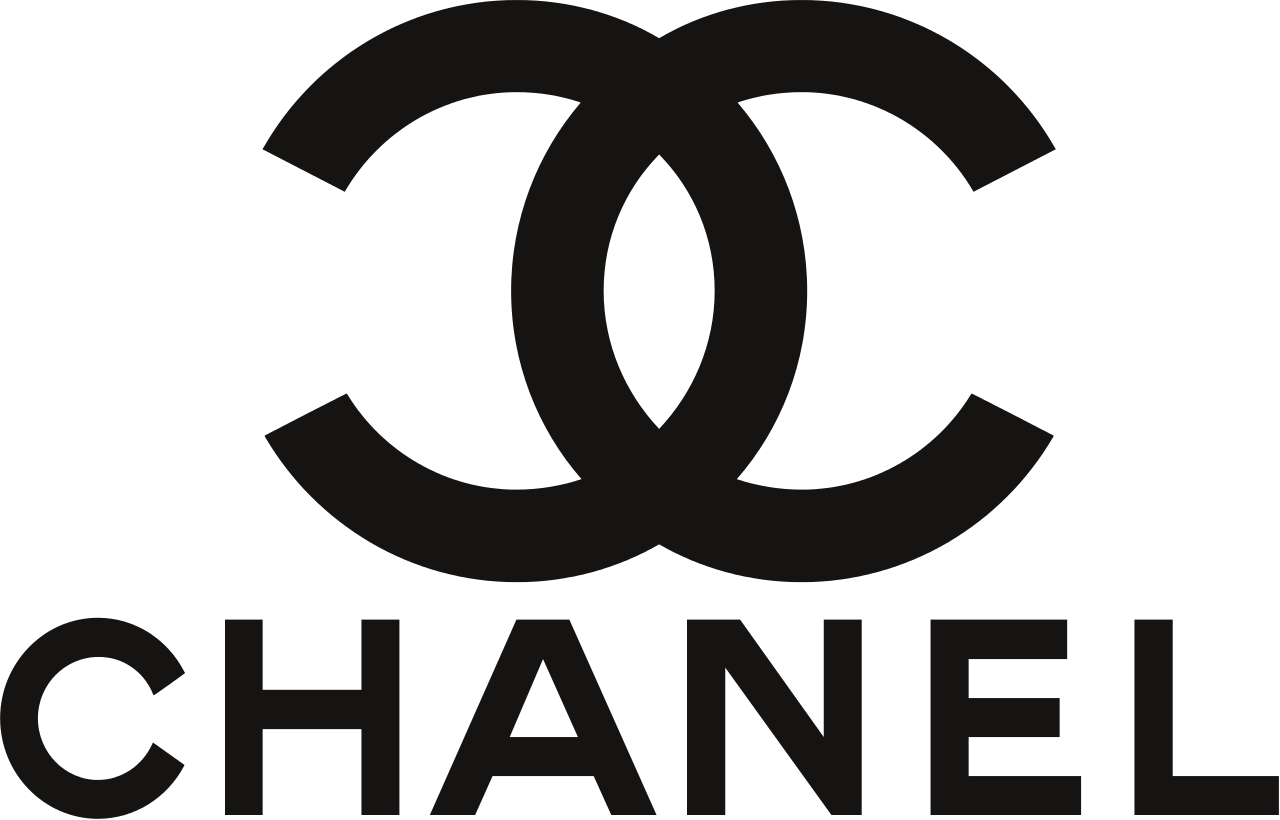
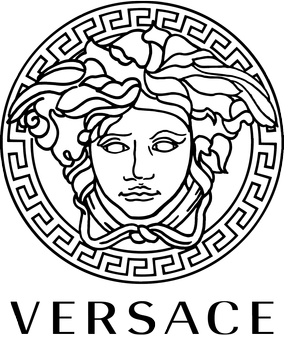

Step 2
The next step in the process is to define. With the research conducted thus far and the findings from the user interviews, I could figure out what will be created, for whom, and how.
User Persona, Empathy Map, and Project Goals
Based on the insight provided by the participants during the user interviews, I created a persona that reflects various needs and pain points.
User Flow
Once I completed the task flow, I then proceeded to create a detailed user flow. This essentially illustrates the various paths that the user can take to complete a task. Creating this flow allowed me to think from the user’s perspective and consider the different options that the user has while using Mirror’s website.
Final Product
After going through all the steps of Design Thinking, I now have a website for Boutique 17 that can be used.
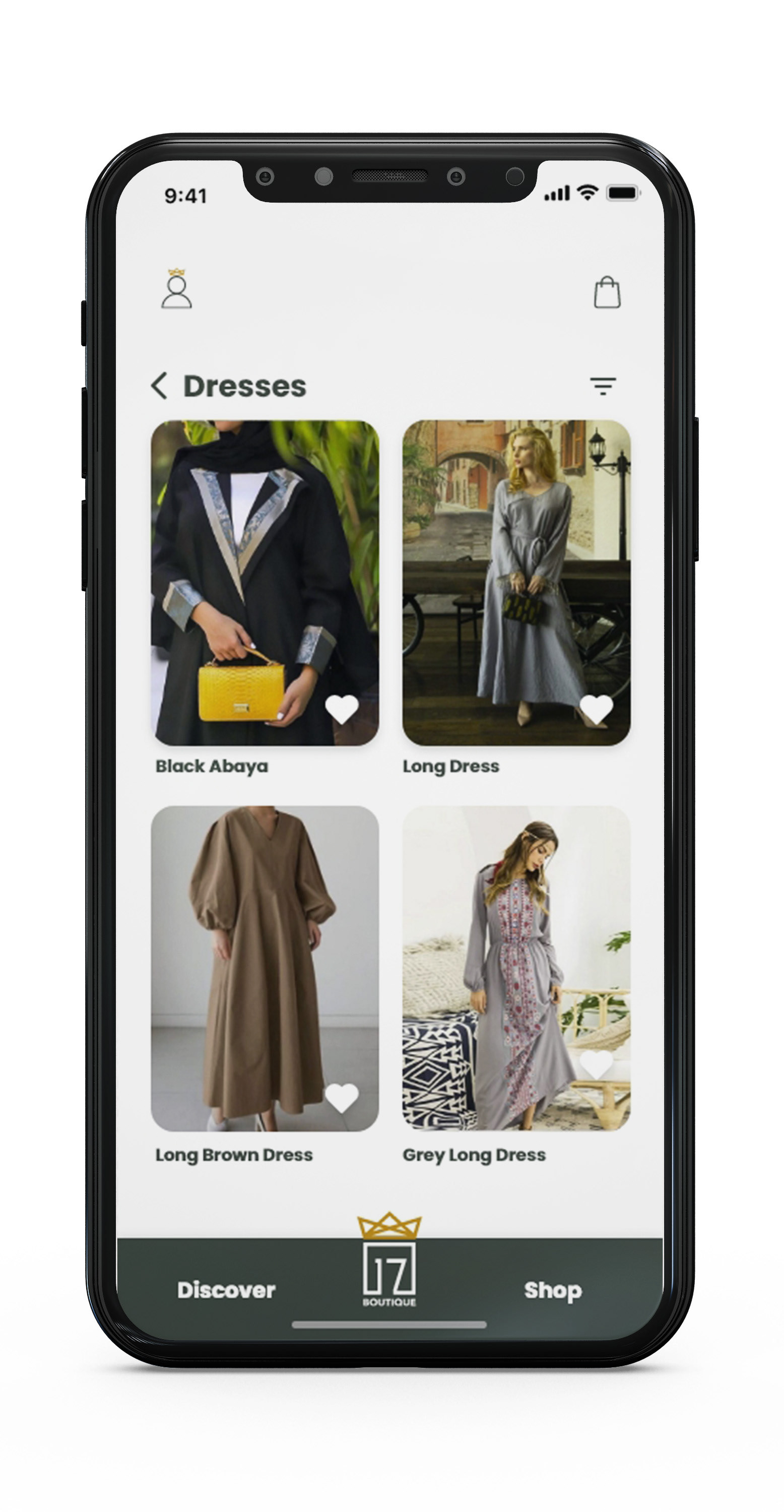
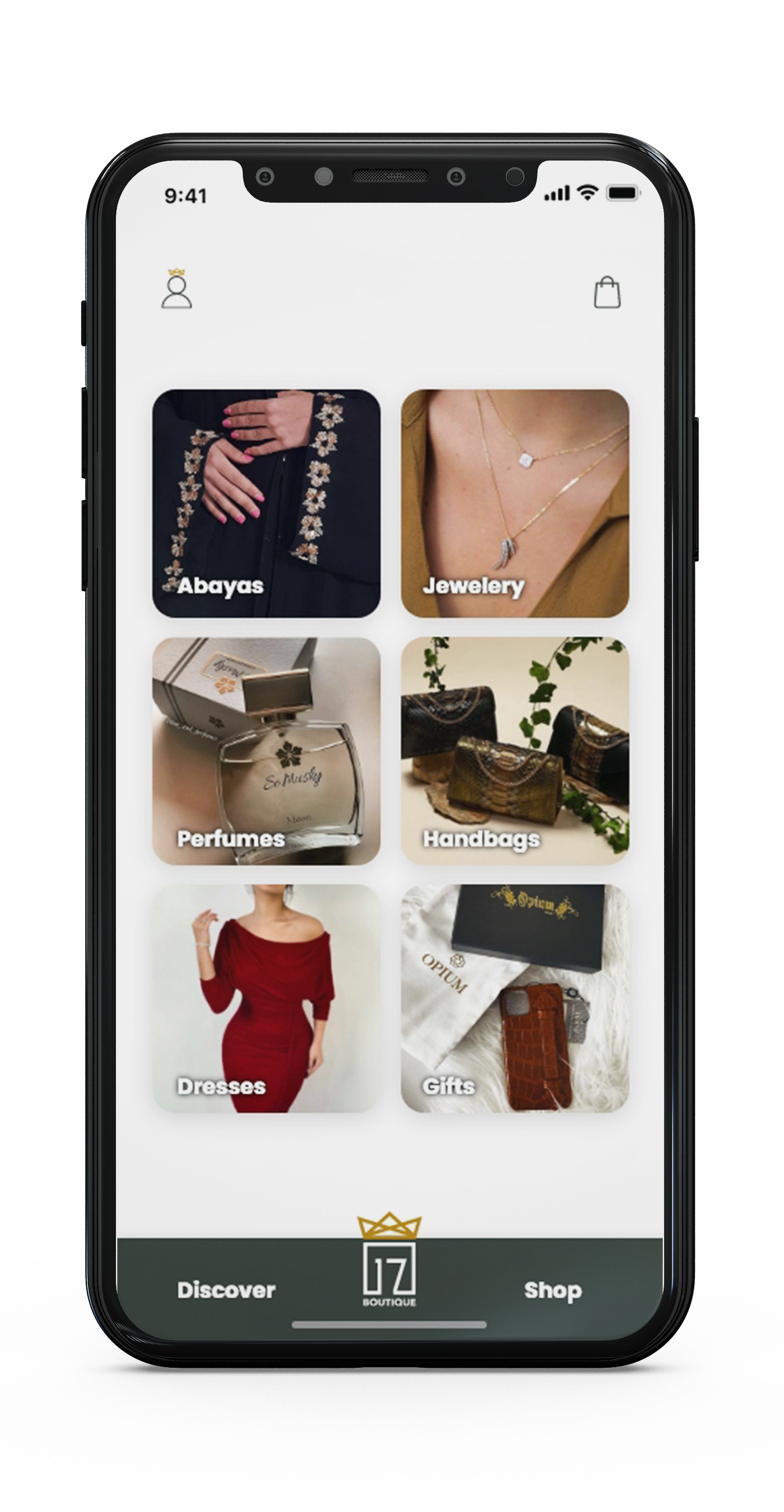
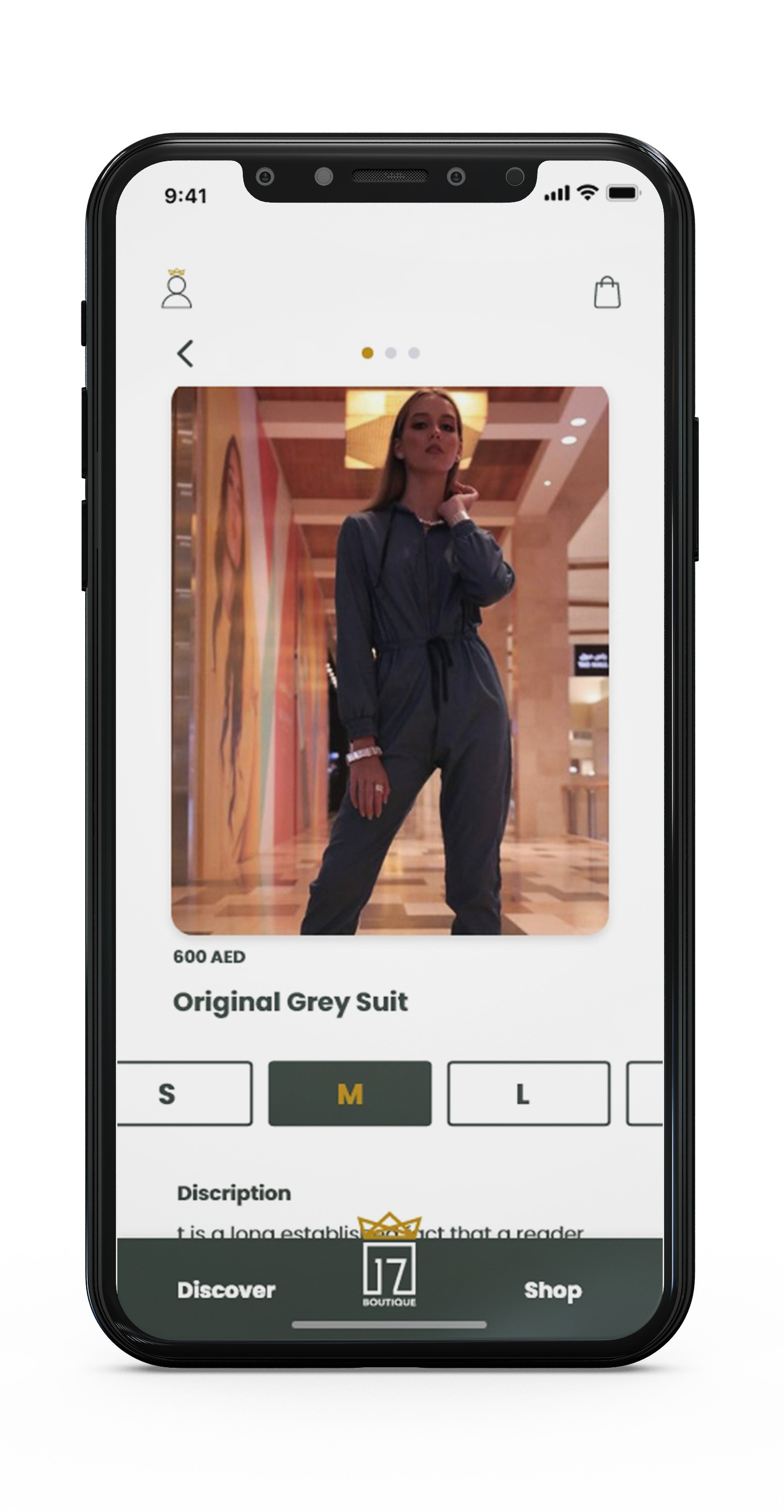
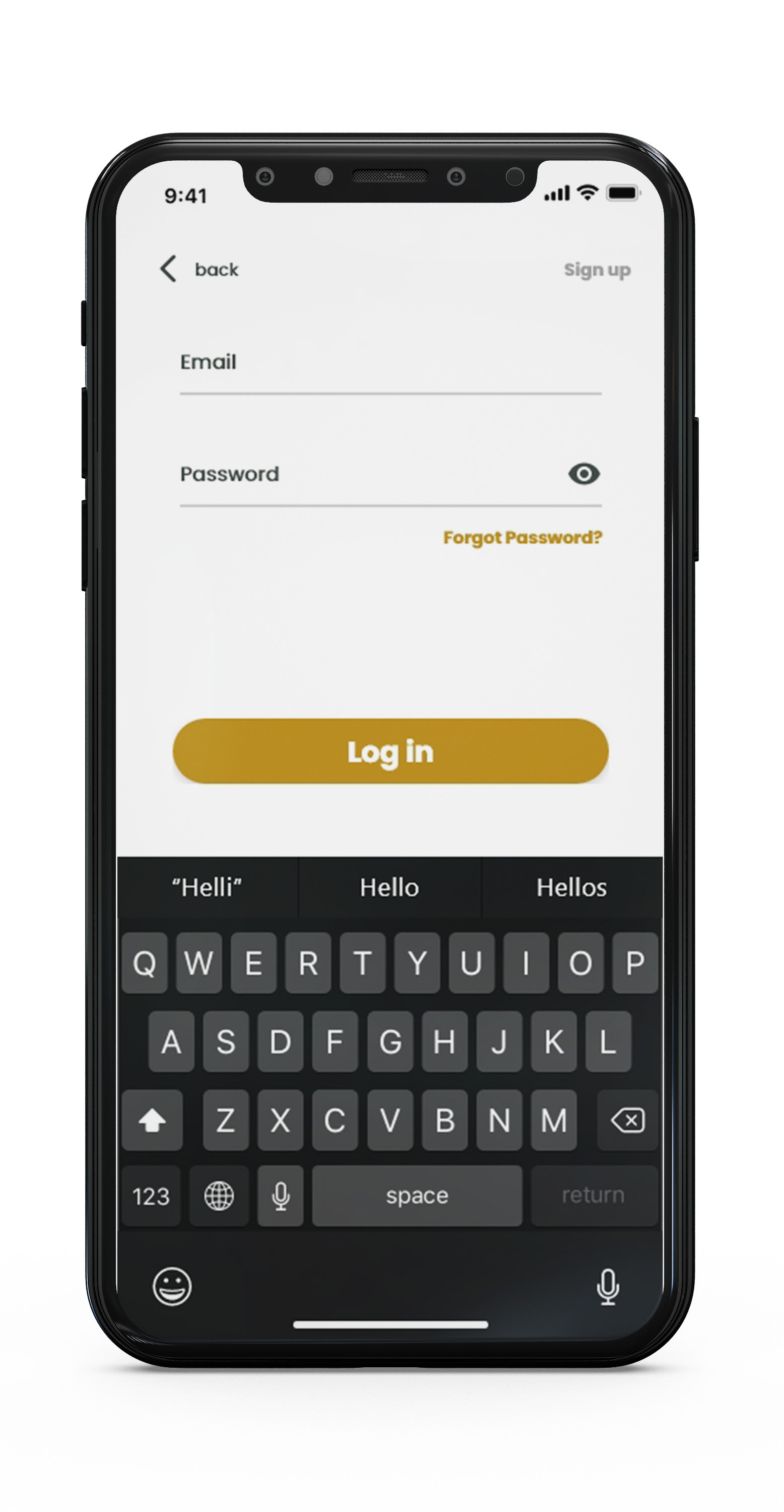
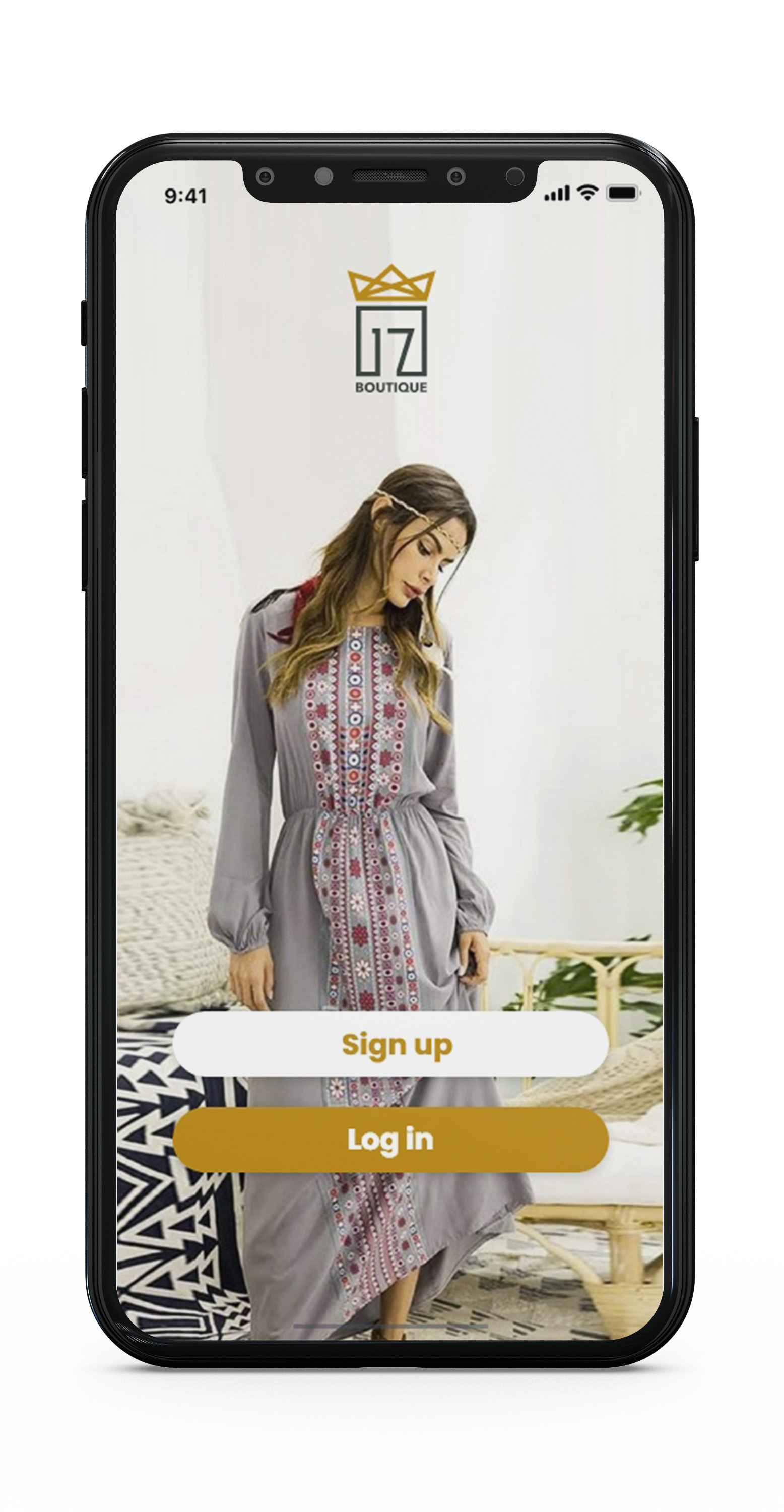
Revisiting the Problem Statement
How might we design a fashion e-commerce website for those who shop online to have a more efficient and error-free experience?
The problem was solved by:
Including numerous images/videos of the product that allow the user to examine the quality of the product closely
Providing a size guide, specific product details, and information regarding the model to allow the user to determine the sizes more accurately
Implementing filters that enable the user to refine searches easily
Next Steps
With the priority changes made, I can conduct another usability test to see whether the revisions have solved the issues that the users previously brought up. I would have to do another round of iteration and testing if needed. Once these steps are complete, I can hand the project to the developers.
Learnings
By incorporating the Design Thinking approach, I could empathize, define, ideate, prototype, and test. Through this particular process, I understood how each step could be used to help develop the final product.
During this project, I found the user interviews helpful as they provided insight I initially did not think of. Doing so taught me the importance of removing bias as I conduct research.
In addition to that, I learned the importance of empathizing with the user. Not only does it allow me to better understand the needs and pain points of the user, but it also enables me to address the problem in a human-centred manner.
Most importantly, I learned that design is an iterative process that requires much time and effort. Even though I came up with a product solution, there might be ways in which I can improve user experience with technological advancement over time.
Thank you!
